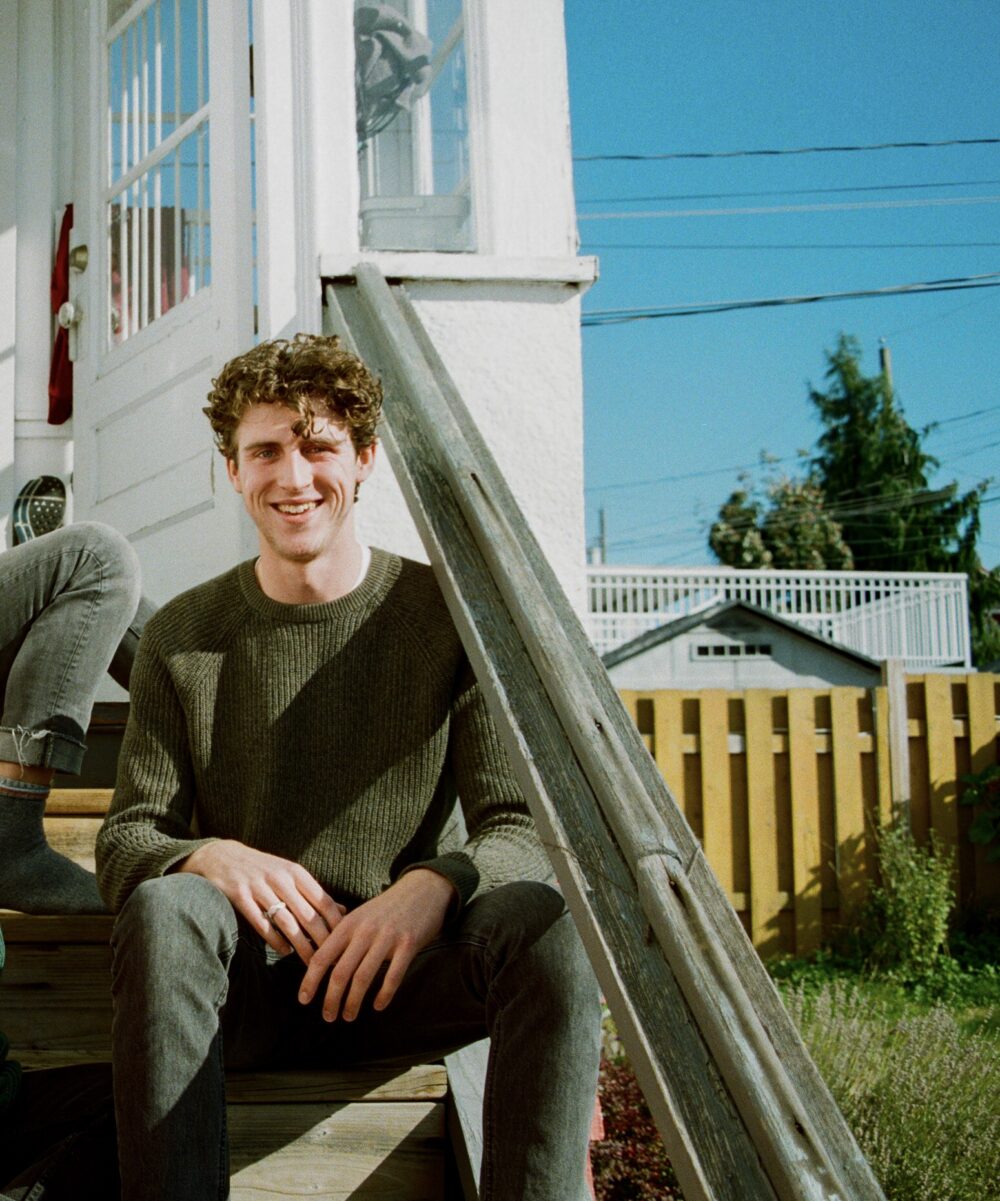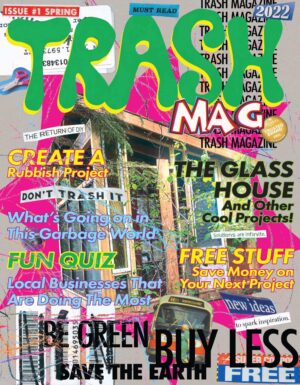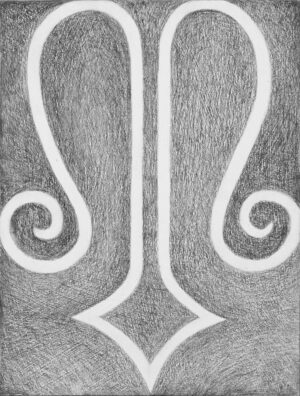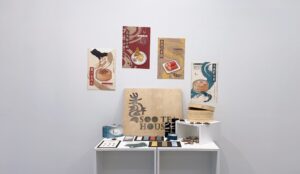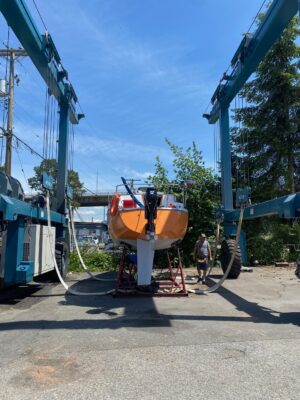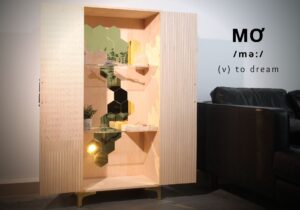Inside
Hunter Milroy

What you see before you is a tidal object. This structure/object consists of two tanks that exchange water back and forth to lift and lower a clear plexiglass vessel to meet the two hanging rocks. As the water rises and the glass begins to float. It slowly meets the rocks and they become enveloped in the water. The lifting and lowering of this vessel (meant to represent water itself) is synched to the movement of the tides. When the tide has crept to its furthest reach on the shores, the vessel is at its highest point and the rocks deeply engaged with its fluid counterpart. When the tide pulls back to reveal the furthest reaches of the beach. The vessel hides low in its housing and the rocks fade from their wet black provided by the water.
Becoming

We may live our lives in rooms. Big and small, high atop other rooms, or down below more rooms. Rooms to get from one room to the next room. Rooms to chat. rooms for eating, rooms for sleep, and rooms for whatever else we see fit.
Rooms are nice. Rooms are useful
But there is one giant room, beyond our windows and doors, and it’s got a lot of stuff going on. Stuff that stops me when I’m walking from my house room to my schoolroom. Stuff that I think is important. I like what happens in that room.
This is where I started my year.
I set out to blur the line between inside and out. Simply via proximity, work on subconscious relationship building between humans and nature. By pulling animate activities like the sunrise and set, cloud movement, rainfall, and tides through our walls, we can feel less removed. These displays of life, actions of the everyday not too dissimilar from our own are things to behold in their own right. By bringing them inside we can get to know the rhythm and animacy of the environment.
INSIDE is more than this tidal object I have created. This tidal object is a physical manifestation of my exploration and a megaphone for the ethos of INSIDE.
Just because we have built a society that requires things to be done inside and we need spaces to protect us from the rain, snow, and wind, does not mean that we need to shut those things out.
We have some so far since the dawn of the human-built environment yet little our attitude has changed. With the abilities and knowledge we have gained, there remains no excuse. The time for concrete boxes and sterile towers has come and gone.
